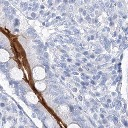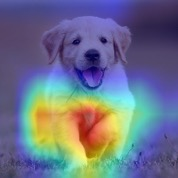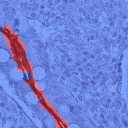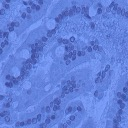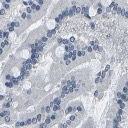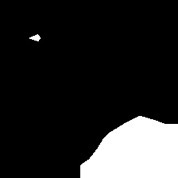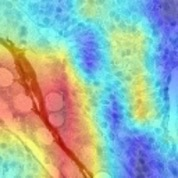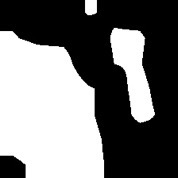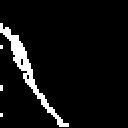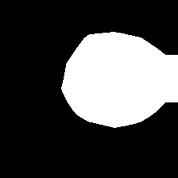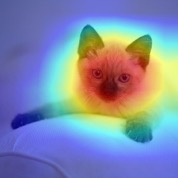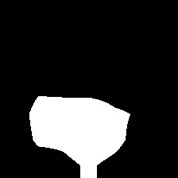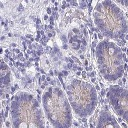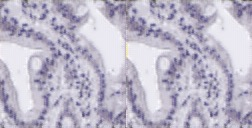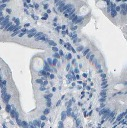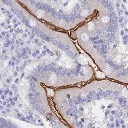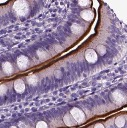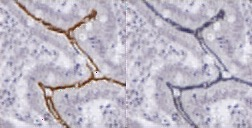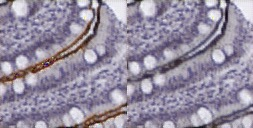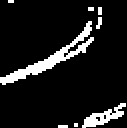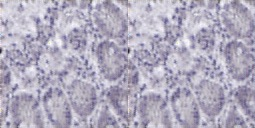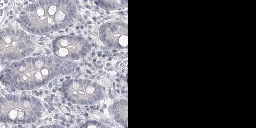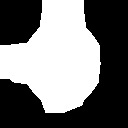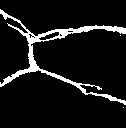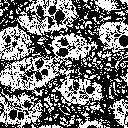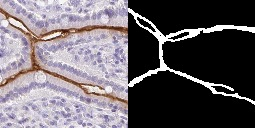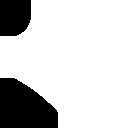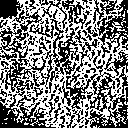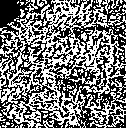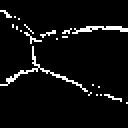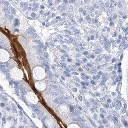Weakly supervised learning has been rapidly advanced in biomedical image analysis to achieve pixel-wise labels (segmentation) from image-wise annotations (classification), as biomedical images naturally contain image-wise labels in many scenarios. The current weakly supervised learning algorithms from the computer vision community are largely designed for focal objects (e.g., dogs and cats). However, such algorithms are not optimized for diffuse patterns in biomedical imaging (e.g., stains and fluorescence in microscopy imaging). In this paper, we propose a novel class-aware codebook learning (CaCL) algorithm to perform weakly supervised learning for diffuse image patterns. Specifically, the CaCL algorithm is deployed to segment protein expressed brush border regions from histological images of human duodenum. Our contribution is three-fold: (1) we approach the weakly supervised segmentation from a novel codebook learning perspective; (2) the CaCL algorithm segments diffuse image patterns rather than focal objects; and (3) the proposed algorithm is implemented in a multi-task framework based on Vector Quantised-Variational AutoEncoder (VQ-VAE) via joint image reconstruction, classification, feature embedding, and segmentation. The experimental results show that our method achieved superior performance compared with baseline weakly supervised algorithms. The code is available at https://github.com/ddrrnn123/CaCL.
翻译:在生物医学图像分析(例如,狗和猫)中,薄弱监管的学习在生物医学图像分析方面进展迅速,以便从图像角度说明(分类)实现像素标签(分类),因为生物医学图像自然含有图像标签。目前,计算机视觉界监管不力的学习算法主要为核心对象(例如,狗和猫)设计。然而,这种算法没有优化用于生物医学成像的传播模式(例如,显微镜成像中的污点和荧光)。在本文中,我们建议采用新颖的类识代码学习算法(CaCL)算法,以进行分散图像模式监管不力的学习。具体地说,CACL算法被应用到从人类二元的基因图象图像中显示的分块色色色区域。我们的贡献有三重:(1) 我们从新编的代码学习角度处理受监管不力的分解过程;(2) CACLAC算法片段传播图像模式,而不是焦点对象;(3) 拟议的算法是在基于Victor-Quat-Vat-Vical Vaculational Aculation Aculation (VADLE) commagistration commaisal commaisal com) commax 演示,通过软化,通过常规化、VVVVVVVVDLVVVVDLS-S-S-S-S-S-SDS-S-S-S-S-SDLVDLVDLVDLVDLVAvialdaldaldaldaldaldaldaldaldaldaldaldaldaldaldaldaldaldaldaldald 演示, 演示结果, 和SDSDAxxxxxxaldaldaldald 演示, 演示, 演示。

